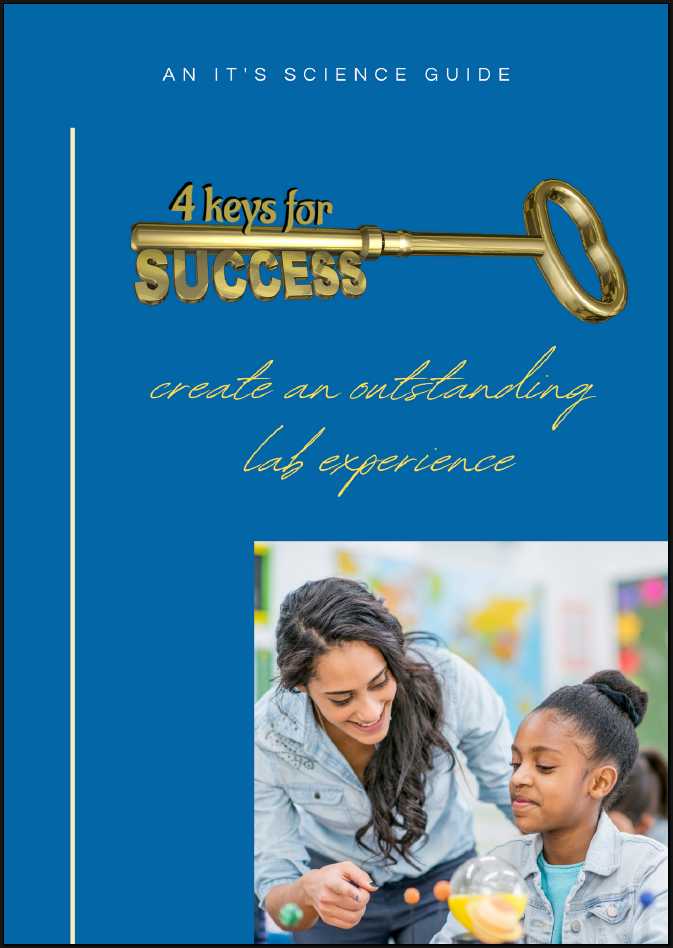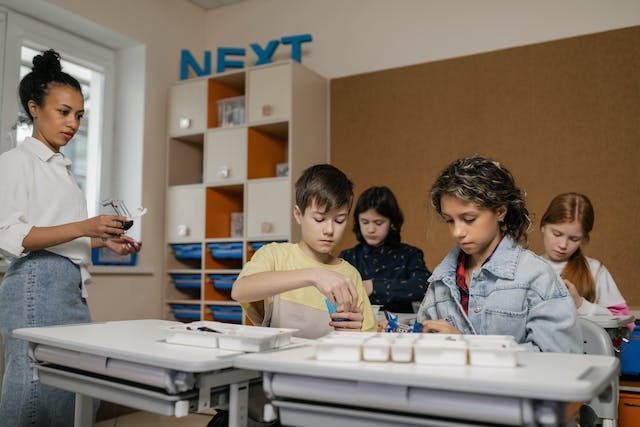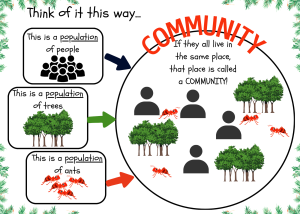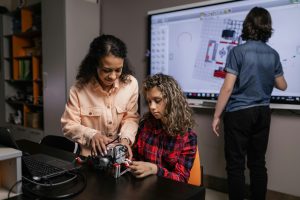Introduction – Energy Transformations Lab
Energy and its many transformations are central to all sciences. The concept of it and transformations between the forms typically begin in upper elementary school and continue into middle school. What about an associated lab?
If there is one takeaway from my graduate studies in science education, it is that labs and lab activities are essential for science learning.
As is typical for my classes, coming up with a lab activity is a necessity. So, when faced with a review of energy and its transformations, I had to come up with something. A lab activity something.
The students knew (mostly) the forms of energy. My task was to make sure they understood the importance and necessity of recognizing those transformations. Add to that the need for it to be engaging and practical, and an energy transformation activity was birthed.
Preparing for the Lab
“I’ve got to come up with an energy transformations lab activity to finish off this unit,” I pondered aloud.
Knowing that I needed to give them hands-on experience, my next step was to take a mental (and physical) inventory of what I had on hand.
“Hmm,” I hummed to myself opening drawers and cabinets. “Toy motors, wires, batteries, bulbs & sockets, and a few toys used with waves, light, & sound, hand boilers, and some fortune-telling fish used in the heat unit, and some chemicals from the chemical reactions section.”
My brain was ablaze devising a plan. “I’ve got about a week to pull this off,” I thought.
With strategic thought, the plan began to congeal. Now it was just a matter of writing it up…and saving it for the future.
The stations part came to mind as (1) I didn’t have equipment for every student (2) Middle Schoolers love working together (3) I had to accomplish this in one period (Or, in my case, a block).
In time, it all came together. Voila!
Running the Lab
Students were prepared for this lab as they previously listened and took notes, worked through choices designed to show their understanding, and played one or two online review games.
On the day of the energy transformations lab, I just followed my normal routine: quick review, explain the overarching process for moving from station to station, me choosing or them choosing groups (dynamics are critical for success), hand out papers, a final warning/caution about behaviors, and they were off.
My role, as always, was to “hawk” over the students, stay close to 2 of the stations (more help needed there), and run the timer (“5-4-3-2-1 Next Station”).
I was blessed with a classroom that had a “lecture” area and a lab area. Six octagonal lab tables (with gas and water) set the stage for the 6 stations. Students knew in sequence and to make sure to write in the correct areas of the worksheet.
Stations 1,4,5 & 6 were their favorites, especially station 4. Station 4 involved making and setting off a “chemical reaction”. It was also the station that took the longest as they had to clean up afterward.
Keeping them at their station took some work, but them knowing they would soon move along helped.
Ultimately, students came away with a renewed understanding thanks to hands-on experience. Some enjoyed the stations so much that I had to shoo them away into the classroom when all was done.
Unveiling Transformations: Key Insights
As the years went by, subtle changes were made here and there. My “partner in crime” also used the stations for his classes. An alteration here and there produced, what we thought, were optimal results.
As equipment was damaged and used up (not replaced due to funding), I substituted other items and kept the transformations the same.
Were the stations perfect? No. Were all students wowed by the labs? No. Hey, they’re middle schoolers! But, the vast majority enjoyed and benefitted from the experience.
Though students had been exposed to energy and its transformations in some elementary grades, 6th, and 7th (via photosynthesis), I know the reintroduction and reinforcement was crucial. Especially since state testing for middle school didn’t occur until grade 8.
As to strategies and challenges, the main ones come with any lab experience. Some think it is playtime. Others are too cool to be bothered with it. But, with the right direction (dare I say authority & consequences), those students didn’t cause problems.
Fostering applicational learning and critical thinking in these types of interactive lab experiences is a must.
Student Engagement and Participation
Student engagement and participation have always been easy with lab activities. The energy transformations lab gives students a chance to explore. Simply guide them with a few questions, and sum it up with a question or two to help them “see” the connections with their own life or life around them. That’s the “ticket”.
The only issues I have encountered with some students and labs weren’t that they weren’t interested in doing them. No, most of the issues hovered around: (a) who they were and weren’t allowed to work with (b) current attitudes centered around home, another student, or another class.
When going over learning styles at the beginning of the school year, I like to say that there is a little kinesthetic in all of us. It’s as if for those strong in that area, the information soaks into their fingers and goes straight to their brain. The result – learning and engagement.
Regardless of whether you believe in learning styles or not, you can’t help but know that hands-on activities (labs) engage minds and spark curiosity.
Reflections and Improvements
In thinking back over the Energy Transformations Lab Activity, there is room for improvement. There always is.
A version I offer for sale has improvements and alternative equipment for many of the stations. The result is the transformations remain the same with “cheaper” versions. However, much of the needed equipment is probably in your stock room or “borrowable” from other science teachers.
The equipment alternatives are provided because not everyone has access to the equipment to pull it off as originally intended. (My motto is to “engage minds & ignite curiosity”… without breaking the bank.)
Given the time, I could come up with a virtual version. (I’ll think about that.) It could be used when the equipment is unavailable. And, it would help those being taught virtually.
Tips for Success
This energy transformations lab activity can certainly be modified to suit different class sizes or a shorter class period. For instance, the stations can be run as demonstrations for the students. If that were your choice, I would suggest enlisting students to run a station for the class. This practice works well as the “one in charge” is a peer. Students will pay attention to their peers. Of course, you already knew that.
Should you purchase the lab and come up with suggestions, I will be more than eager to peruse and consider them.
Conclusion
As stated throughout this post, I firmly believe and know the power of hands-on activities/labs. They are truly transformative for your students.
That is why I encourage you to embrace experimentation and exploration in your science teaching practice.
Why? You have a future scientist sitting right in your class. He or she will come to you one day and tell you how you helped them embark on a wonderful journey in science.
How do I know? It has happened to me.
Here’s your chance
If you wish to apply the energy transformations lab activity in your classes, click the link below and read more. The impact of it, and other labs, has the potential to change a young mind by “Engaging Minds & Igniting Curiosity”.
You can check out the lab activity here.
Engage with Us
You may connect with Its Science through one or all of these channels…
Free Guide – 4 Keys to an Outstanding Lab Experience








